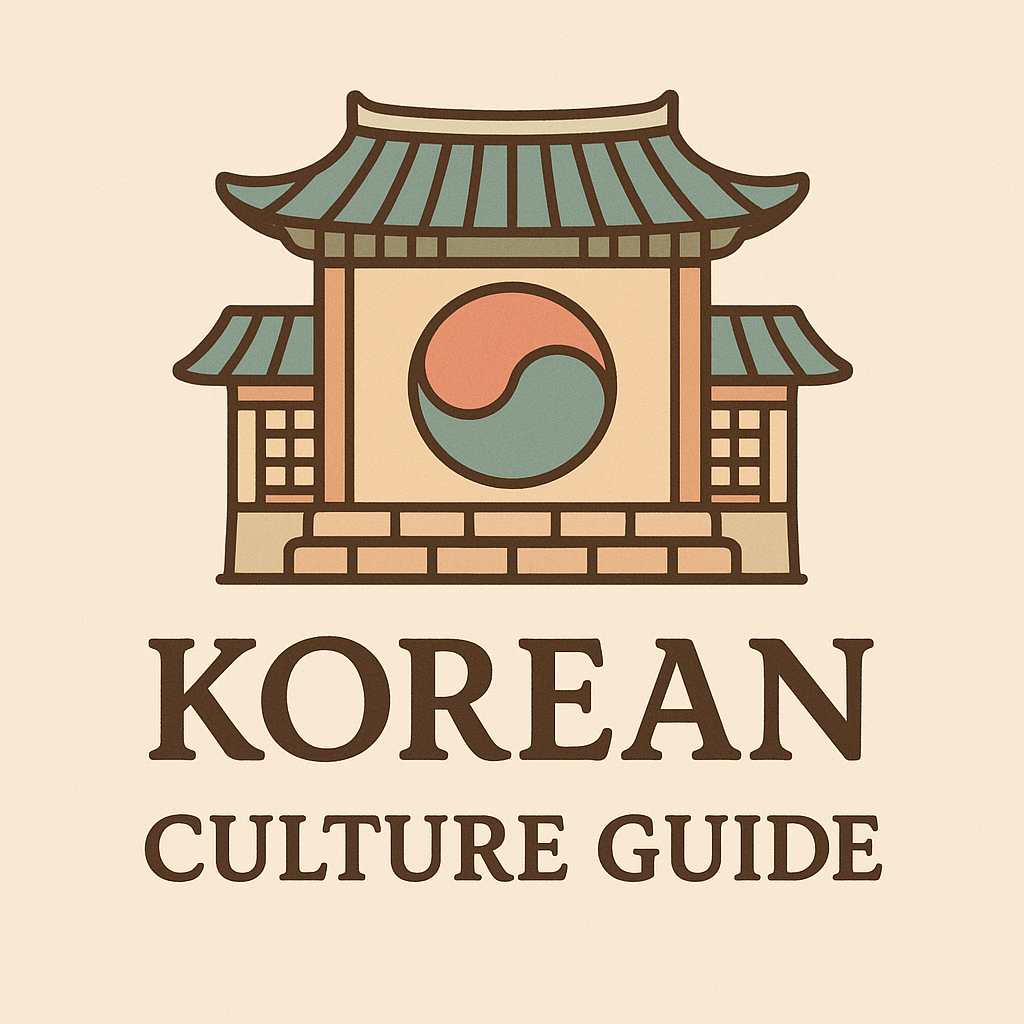-
contents
The Whispering Strength of Bamboo
Walk through a Korean forest and pause beside a stand of bamboo. You’ll hear its leaves rustling in the wind—soft, steady, and dignified. For centuries, bamboo has held a special place in the Korean imagination. It appears not just in gardens and groves but in poetry, paintings, and philosophies. Among the many natural symbols revered in Korean culture, bamboo stands tall—both literally and metaphorically.
The Bamboo in Korean Poetry: A Symbol of Integrity
In traditional Korean poetry, especially the sijo form, bamboo often represents steadfastness, clarity, and inner strength. Unlike flowers that bloom and wilt, or trees that shed their leaves, bamboo remains green all year round. This resilience made it an ideal metaphor for enduring virtue.
Poets used bamboo to represent people of moral uprightness—those who stayed firm in their beliefs despite adversity. Its upright shape and hollow interior were also meaningful: the former symbolizing integrity and the latter, humility. In Korean poems, bamboo bends but never breaks. It sways with the wind but always returns upright, mirroring the ideal behavior of a virtuous person.
Confucian Scholars and the Way of Bamboo
During the Joseon Dynasty, Confucianism became the dominant ideology in Korea, shaping education, governance, and ethics. For the Confucian scholar (seonbi), bamboo was more than a plant—it was a personal and philosophical model. Scholars admired its unchanging green, viewing it as a symbol of loyalty and purity.
Confucian texts often refer to the “Four Gentlemen” in East Asian art: bamboo, orchid, chrysanthemum, and plum blossom. Among these, bamboo stood out for representing the scholar-gentleman's strength in moral adversity. Just as bamboo stands through winter’s trials, so too must a gentleman endure hardship with grace and resolve.
Many seonbi even planted bamboo groves near their homes, believing the plant’s presence would inspire righteous behavior and reflection.

Bamboo in Visual Art and Calligraphy
Korean ink paintings often include bamboo not only for its visual simplicity but for its layered symbolism. The brushstrokes used to depict bamboo were themselves a form of disciplined practice for scholars. Drawing bamboo required precision, flow, and confidence—all qualities valued by the Confucian mind.
The act of painting or writing bamboo was almost meditative. It became a ritual to cultivate character, patience, and calm. Just as a scholar’s calligraphy reflected his inner world, so too did his bamboo.
In this way, bamboo served as both subject and tool—a symbol of virtue and a means of cultivating it.
Community and the Ethos of Togetherness
Interestingly, bamboo doesn’t grow alone. It thrives in groves, forming a natural community. This characteristic wasn't lost on Korean poets and philosophers. They saw in bamboo’s communal growth a model for social harmony—another key Confucian value.
Bamboo’s growth pattern also reflects the importance of family lineage and ancestral strength. Shoots grow from roots of older stalks, symbolizing the continuation of values from one generation to the next. For Koreans, bamboo was a reminder that personal virtue contributes to collective well-being.
Modern Reverence: A Symbol That Endures
Even in modern Korea, bamboo continues to represent dignity, endurance, and balance. It appears in literature, architecture, and even branding—its associations with purity and resilience still intact.
Whether etched into a screen, painted in black ink, or evoked in a quiet poem, bamboo remains one of Korea’s most enduring cultural symbols. It speaks softly but firmly, reminding each generation of the values that shape a meaningful life.
Final Reflection
To understand bamboo in Korean culture is to understand the nation’s soul. It is not flashy, but it is strong. It does not shout, but it speaks volumes. Rooted in Confucian virtue and poetic tradition, bamboo remains a living metaphor for the integrity, humility, and perseverance that Koreans have long held dear.
Next time you see a bamboo grove swaying gently in the wind, take a moment to listen. It may be saying more than you think.
'culture' 카테고리의 다른 글
K_Culture Guide
Korea Vibes Blog shares real stories, cultural insights, and travel tips from Korea. Discover what makes Korean life so unique.
